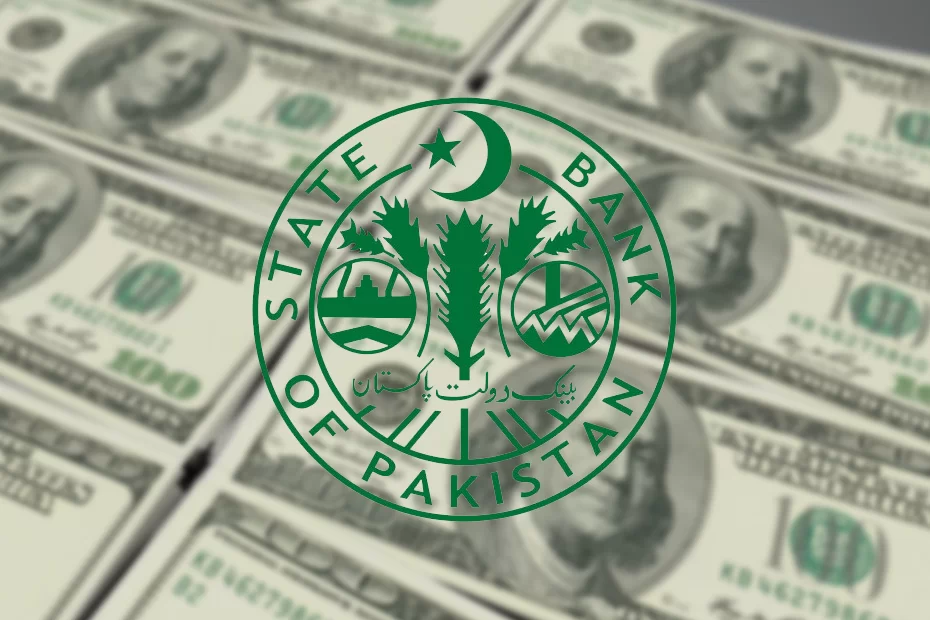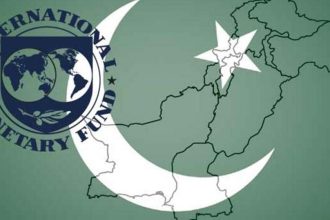Pakistan’s foreign exchange reserves held by the State Bank of Pakistan (SBP) declined by $540 million during the week ending March 21, 2025.
According to official data from the central bank, the reserves now stand at $10.61 billion, primarily due to external debt repayments as the country continues to manage its balance of payments position.
The latest figures reveal that Pakistan’s total liquid foreign reserves amount to $15.55 billion, with commercial banks holding $4.94 billion in net foreign assets. This contraction in SBP’s reserves highlights the ongoing challenges in maintaining external sector stability amid scheduled debt obligations.
Parallel to these developments, the domestic gold market experienced a sharp upward movement, with prices reaching an unprecedented Rs321,000 per tola – an increase of Rs3,200 in a single trading session. This surge mirrored international trends where gold prices climbed to $3,052 per ounce, marking a $31 daily gain.
Read: IMF Proposes Rs 15 Trillion Tax Target for Pakistan’s Next Budget
Market analysts attribute this bullish trend to shifting global dynamics, particularly the recent U.S. announcement of increased tariffs on imported luxury vehicles. Adnan Agar, Director at Interactive Commodities, noted that gold has successfully breached the critical $3,032 resistance level, currently trading in the $3,121-$3,156 range. However, Agar cautioned that the market shows signs of technical exhaustion, suggesting potential corrections between $50 and $150 in the near term.
The Pakistani rupee appreciated slightly against the U.S. dollar in currency markets, closing at 280.22 in the interbank market – a 0.01% gain from the previous session’s 280.26. Following recent U.S. trade policy announcements, this marginal improvement comes amidst mixed global currency movements, particularly the Japanese yen’s stability.
The confluence of these economic indicators presents a complex picture of Pakistan’s financial landscape, where debt management pressures coincide with commodity market volatility and cautious currency stability.






